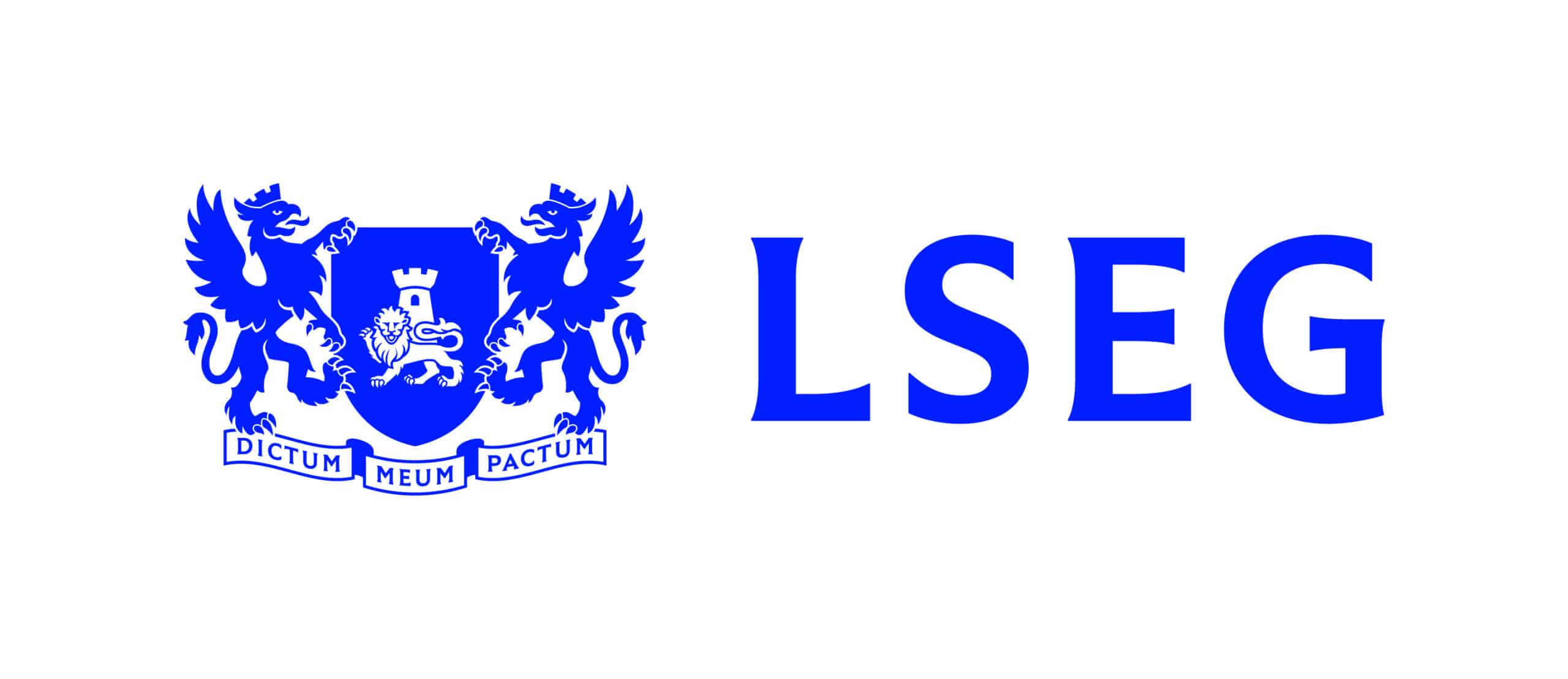- Market participants are increasingly seeking innovation to improve ETP execution outcomes and post-trade efficiency.

Michael Stanley, head of ETP product development & product management, capital markets, LSEG.
- The London Stock Exchange’s RFQ 2.0 order type is revolutionising ETP trading, by being the first RFQ functionality to put RFQ liquidity providers in direct competition with lit and hidden order book liquidity, providing the requester with a “best full fill” price.
- RFQ 2.0 also delivers post-trade efficiency through central counterparty clearing, with advantages in terms of trade netting and certainty.
- The RFQ 2.0 order type was made available on the Fidessa Trading Platform in November 2022.
As European ETP trading volumes continue to grow, brokers and their buy-side clients are seeking better trading liquidity outcomes and greater post-trade efficiency. Yet they are missing a big opportunity by still relying to a large extent on bilateral request-for-quote (RFQ) trading.
European ETPs’ trading turnover to the end of October 2022 was €2.37 trillion, surpassing the €2.35 trillion total for the whole of 2021, according to big xyt. Of that, bilateral request-for-quote (RFQ) trading accounted for almost half, some 46%. The balance was accounted for by OTC systematic internalisers at 28% and central limit order books at 26%.
But bilateral RFQ trading relies solely on interacting with liquidity providers, with no opportunity to interact with passive order book liquidity. Illustrating the size of this missed opportunity, the average daily value traded of the London Stock Exchange’s ETP order book in 2022 is £655 million, up 8% compared with 2021, and 8% of the ETP order book is executed using ‘hidden limit’ or ‘iceberg’ order types.
From its early days as a manual click-for-trade service, the RFQ model has evolved to become more automated. Yet the fact that it remains bilateral results in drawbacks in terms of limiting the sources of liquidity available and the post-trade inefficiencies that naturally arise from bilaterally settling with many counterparties.
Revolutionising the landscape
The London Stock Exchange’s RFQ 2.0 trading service is revolutionising the landscape. All within one exchange, RFQ 2.0 offers access to different types of liquidity instantly and in one place, leading to better execution outcomes. Its auto-complete RFQ functionality and order book sweep work across the exchange’s competing sources of liquidity. What’s more, direct central counterparty clearing (CCP) links support post-trade operational efficiency, by reducing the burden of post-trade processes.
In the two years since launch in December 2020, RFQ 2.0 has registered more than 110,000 trades with a value traded of over £2 billion across more than 1,200 ETPs. In terms of execution prices alone, its advantages have been tangible. On average, RFQ price improvement has proved 2.4 basis points better against the best bid offer in the order book.
The availability of RFQ 2.0 on the Fidessa trading platform since November 2022 also makes it more accessible for brokers.
A quest for trading innovation
Trading participants are seeking to automate their ETP trading, reducing reliance on bilateral settlement where possible and improving execution outcomes by accessing all liquidity pools. Transaction Cost Analysis is more commonly being applied to ETF execution to analyse factors such as information leakage, leading to more consideration around executing large parent orders via a single bilateral RFQ risk price. Brokers are integrating the RFQ 2.0 order type into their trading algorithms and offerings, helping their buy-side clients to improve their trading outcomes and improve post-trade efficiency.
The RFQ 2.0 tailored conditions-based execution model fits neatly into brokers’ execution offerings. ETF investors can choose London Stock Exchange RFQ 2.0 order routing via the normal equity execution channels.
Post-trade efficiency
Turning to post-trade processes, there’s a demand to reduce dependency on bilateral settlement, which leads to a greater number of settlements with multiple counterparties.
Not only does this lead to inefficiencies in terms of the inability to net trades against each other, but also dealing with multiple counterparties bilaterally raises the risk of settlement delays and ultimately fails. At a time when the EU Central Securities Depositories Regulation is tightening up rules regarding penalties and buy-ins for late settlement, these operational issues matter more than ever.
Through RFQ 2.0, the post-trade settlement process becomes much simpler, with just one counterparty instead of an extensive settlement chain. This does not only bring the balance sheet advantages of CCP level trade netting, but also greater operational efficiencies and certainty associated with CCP clearing
A model for the future
With market participants looking for major improvements in ETP trading, the London Stock Exchange’s RFQ 2.0 is a revolutionary model that offers both the liquidity and the post-trade efficiencies sought by the market. Approximately half of ETP trading turnover in 2022 to date has been by way of bilateral RFQ services, showing the significant opportunity for change.
RFQ 2.0 is a trading service whose time has come. Over the past two years, it has been building up volumes and a proven track record for lowering execution costs. Now the link to the Fidessa platform is making its benefits more widely available, paving the way for RFQ 2.0 to support the modernisation of ETP trading.
To find out more about London Stock Exchange’s RFQ 2.0, visit lseg.com/rfq.
